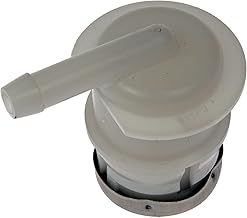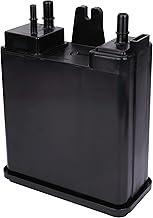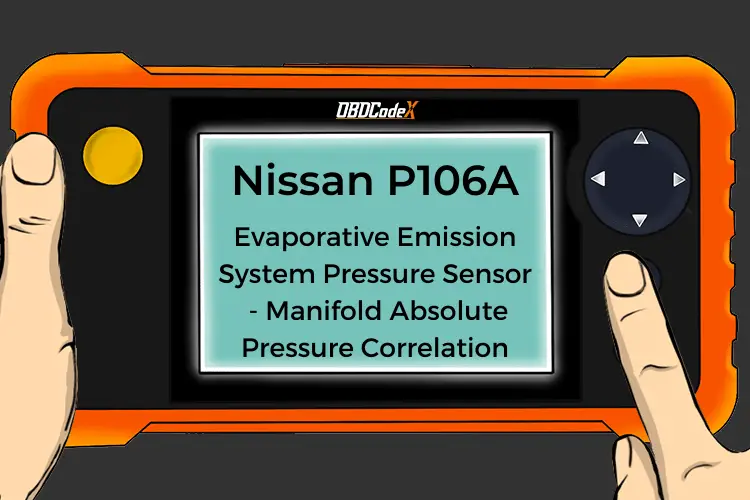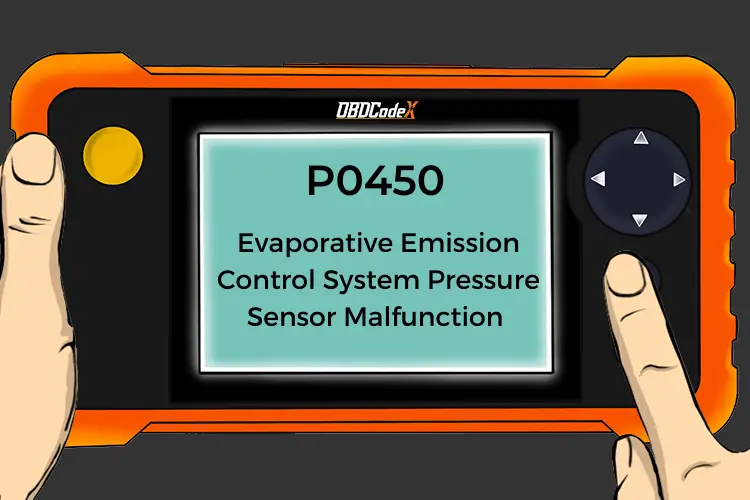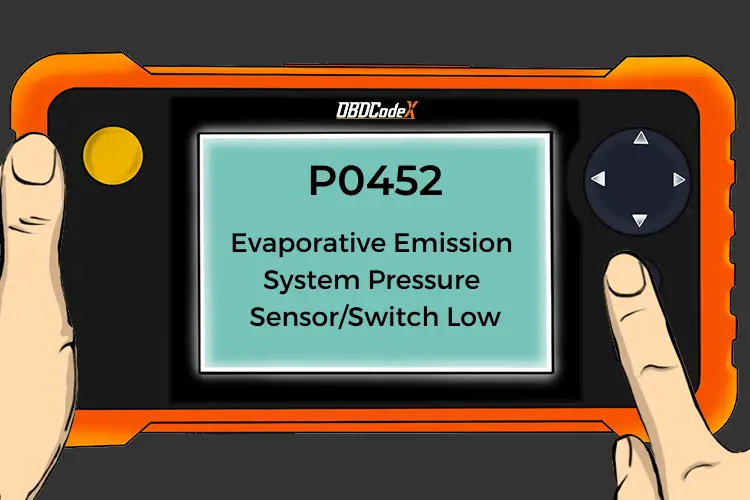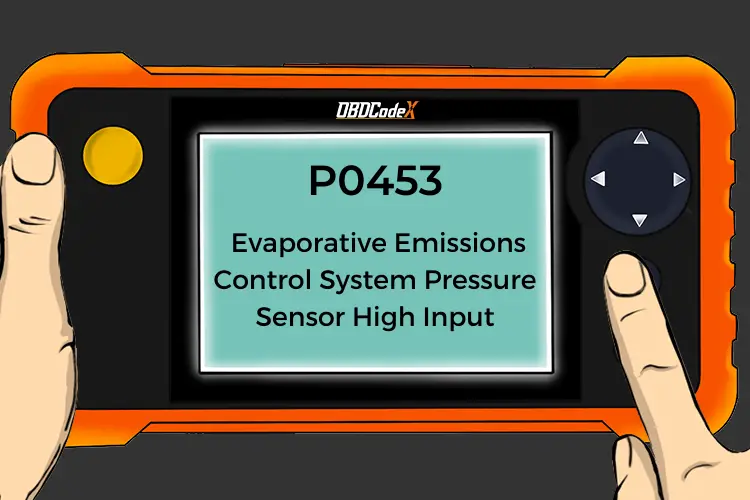P0451: Evaporative Emission Control System Pressure Sensor Range/Performance
Is your scanner showing P0451?
No worries. We'll show you what it means and how to deal with it.
P0451: Evaporative Emission Control System Pressure Sensor Range/Performance
OVERVIEWWhat Does The P0451 Code Mean?
If your OBD-II vehicle has presented a code P0451, it simply means that the powertrain control module (PCM) has detected a malfunction in the pressure sensor circuit of the evaporative emissions (EVAP) system.
The EVAP system utilizes a vented reservoir (usually called a canister) to store excessive fuel vapors until the engine is being operated under the appropriate conditions to burn them thoroughly. It is designed to capture fuel vapors before they escape into the atmosphere.
The charcoal canister, the EVAP pressure sensor, the purge valve/solenoid, the vent control valve/solenoid, and a complex system of metal tubes and rubber hoses that stretches from the fuel tank to the engine compartment are all crucial to operation of the EVAP system.
Fuel vapor pressure, created when fuel is stored, acts as the propellant and causes the vapors to vent through a network of metal tubes and rubber hoses; eventually reaching the canister.
Fuel storage tank vapors are discharged through the pressure relief valve (in the top of the fuel tank) and forced through a complex web of metal and rubber lines to the charcoal canister, where they accumulate. The canister contains a charcoal element which absorbs fuel vapors and holds them for release at the appropriate time.
The purge control valve/solenoid is responsible for regulating intake vacuum to the EVAP canister so that fuel vapors may be drawn into the engine when conditions are ideal for them to be burned instead of being released into the atmosphere. The PCM electronically controls the purge control valve/solenoid which is the heart of the EVAP system.
EVAP system/fuel tank pressure is monitored by the PCM using the EVAP pressure sensor. Located in the fuel tank and integrated into the fuel pump/fuel level sending unit housing, the EVAP pressure sensor can be quite challenging to access.
If the PCM detects that EVAP and/or fuel tank pressure is not within a pre programmed range, over a set period of time and under certain circumstances, a code P0451 will be stored and the malfunction indicator lamp (MIL) may be illuminated.
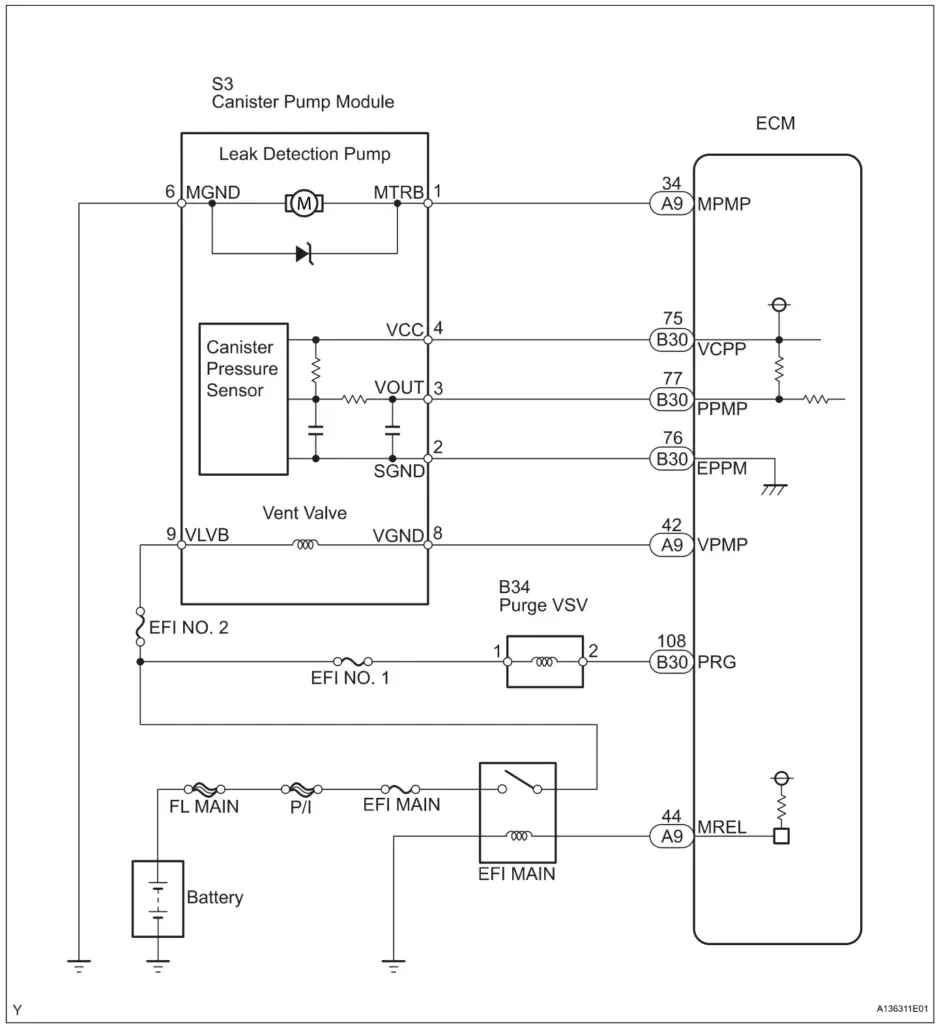
P0451 wiring diagram
Related evaporative emission trouble codes include P0450, P0452, P0453, P0454, P0455, P0456, P0457, P0458, and P0459.
What Are The Symptoms Of The P0451 Code?
Symptoms of this code may include:
- In most cases, there will be no symptoms exhibited with a code P0451
- A slight decrease in fuel efficiency
- MIL (malfunction indicator lamp) illumination
What Are The Potential Causes Of The P0451 Code?
Potential causes for this code to set are:
- Defective EVAP pressure sensor
- Loose or missing fuel cap
- Clogged fuel tank pressure relief valve
- Broken, collapsed, or burned EVAP hoses/lines
- Cracked or broken charcoal canister
How Can You Fix The P0451 Code?
When diagnosing a code P0451, I will need a diagnostic scanner, a digital volt/ohmmeter, a reliable vehicle information source like All Data DIY, and maybe a smoke machine.
I like to begin with a visual inspection of EVAP system hoses and lines, as well as electrical harnesses and connectors. I focus on components that are routed near sharp edges or hot exhaust components. This is also a good time to remove the fuel cap and inspect the seal. Make sure that you screw it back on properly.
Proceed by connecting the scanner to the vehicle diagnostic port and retrieving all stored codes and freeze frame data. I usually make a note of this information because it can be very helpful later in my diagnosis. Clear the codes and test drive the vehicle until it enters OBD-II readiness mode or the code is reset. EVAP codes will almost always require multiple drive cycles before they are reset.
I normally use the diagnostic stream (of the scanner) to observe the EVAP pressure sensor signal. If system pressure is within manufacturer’s recommended specifications, I know that I have rectified the condition by tightening or replacing the fuel cap.
This is a pressure sensor circuit code, so I would test the EVAP pressure sensor prior to performing a smoke test. Testing the EVAP pressure sensor can be aggravating because it is usually located at the top of the fuel storage tank. Gain access to the sensor and follow the manufacturer’s recommendations for testing, then replace the sensor if it fails to comply with specifications.
If the EVAP pressure sensor seems to be good, unplug all related controllers and test individual circuits with the DVOM. Replace open or shorted circuits as required.
Additional diagnostic notes:
- Low or high EVAP pressure may cause a P0451 to be stored
- This code may be caused by electrical or mechanical malfunctions
Recommended Parts
Below are some recommended auto parts to help you address the trouble code affecting your vehicle and get it running smoothly again:
Note: During the purchasing process, please check carefully whether the part you want to buy fits your car!
Check This Video For Reference
Reference Sources
Diagnostic Trouble Code (DTC) Charts and Descriptions for P0451 – Page 71.


